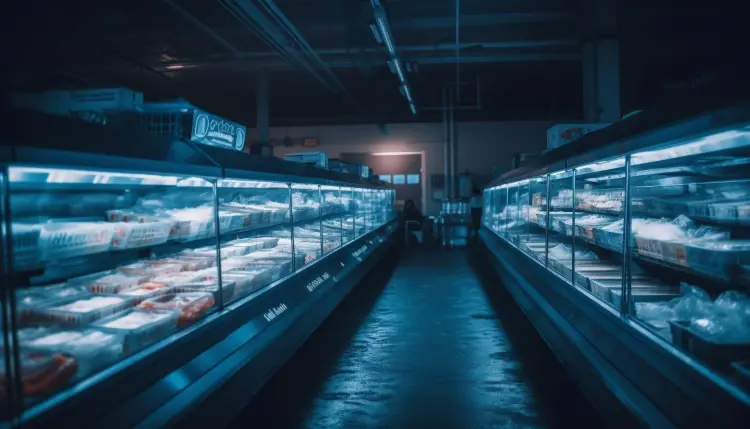We all are aware of the domestic refrigerator and its usage. We get ice cubes from the freezer compartment to meet daily requirements but to get ice in huge quantities we normally approach the ice plant or factory. Here, I am going to share an overview of the construction and working of ice making process and its layout.
Vapor Compression Refrigeration System (VCRS):
Vapor Compression Refrigeration System/plant works on the principle of a reversed Carnot cycle.
Normally, any refrigeration system consists of four main types of components:
1. Compressor
2. Condenser
3. Throttle valve/flow control valve
4. Evaporator
 |
| Construction of Ice plant |
But in an Ice plant or factory, two additional circuits help us to create ice in huge quantities.
Construction and Working of Ice plant:
It consists of three main circuits.
- Refrigeration Circuit (Working fluid, Ammonia, Primary refrigerant)
- Cooling Water Circuit (Cooling water)
- Brine Circuit (Brine solution)
In the Refrigeration Circuit, the compressor increases the boiling point of low-pressure vapor refrigerant i.e. Ammonia to a high-pressure boiling point ammonia (so that it can be easily condensed at room temperature) and sends it to the condenser via a discharge line.
Here, room-temperature water coming out from the cooling water circuit/cooling tower condenses the high-pressure vapor and converts it to high-pressure liquid ammonia.
High-pressure liquid ammonia is stored in a reservoir or receiver and forwarded to a throttle valve or flow control valve where, the high-pressure refrigerant is converted to low-pressure liquid refrigerant (to decrease the boiling point) so that at the low-pressure condition in the evaporator, it can be easily vaporized from the heat of stuff to be cooled. This process is called throttling.
Now, low-pressure liquid ammonia passes through the evaporator (a heat exchanger) where it is converted to low-pressure vapor by the heat obtained from the brine solution. The brine solution circulates itself from the brine tank to the evaporator and cools the water kept in an ice can below zero degrees centigrade to make it in ice form. Here, a brine solution is also a refrigerant but as it does change the phase during heat transfer between water and evaporator, it is called secondary refrigerant. On the other hand, Ammonia is the primary refrigerant as it undergoes phase change during the cooling process.

